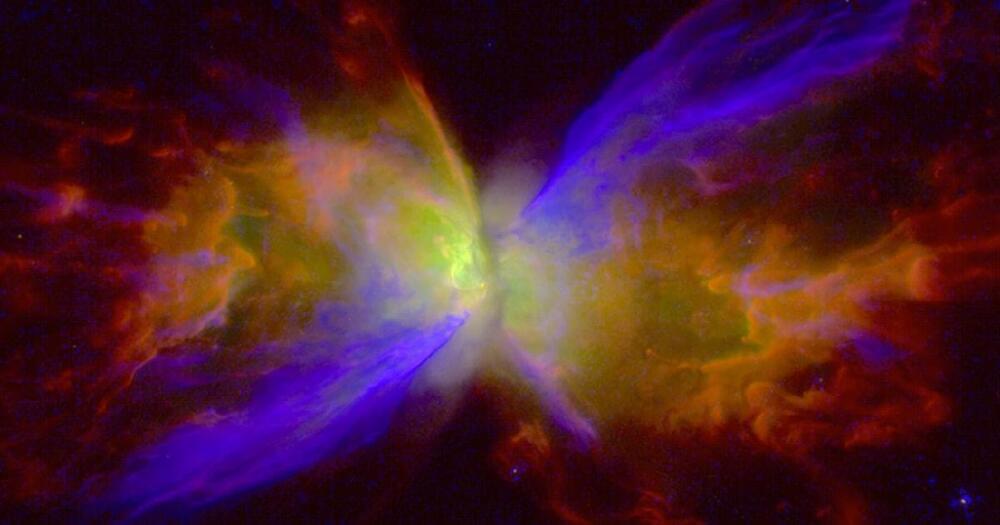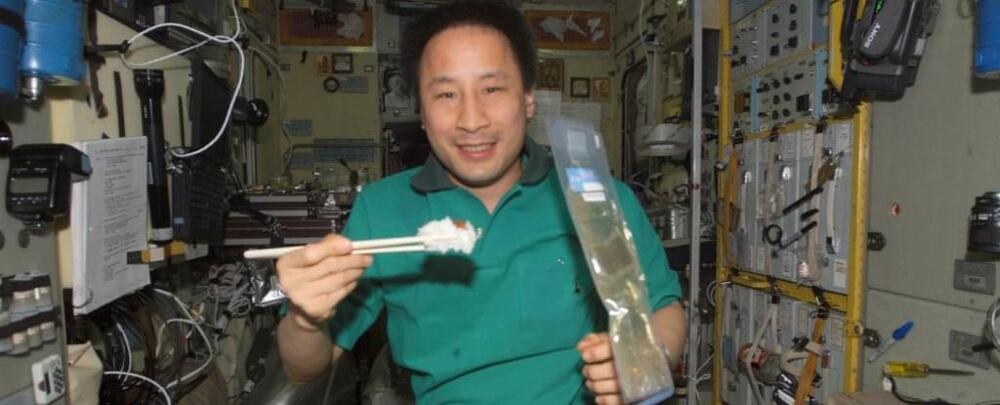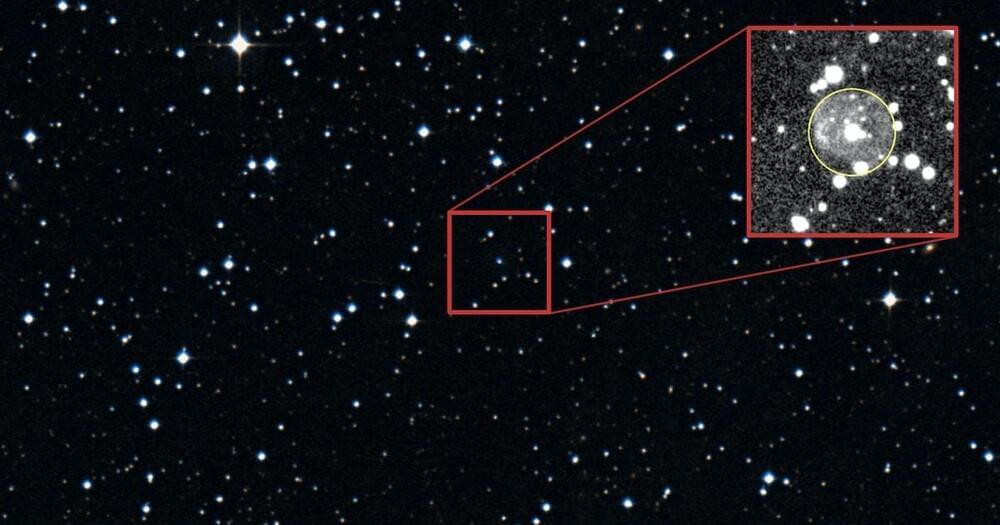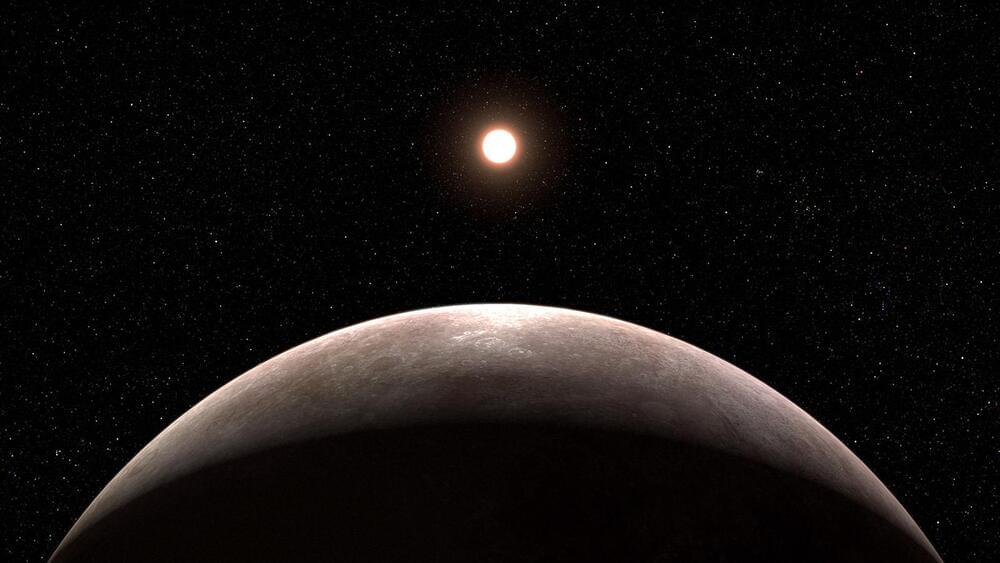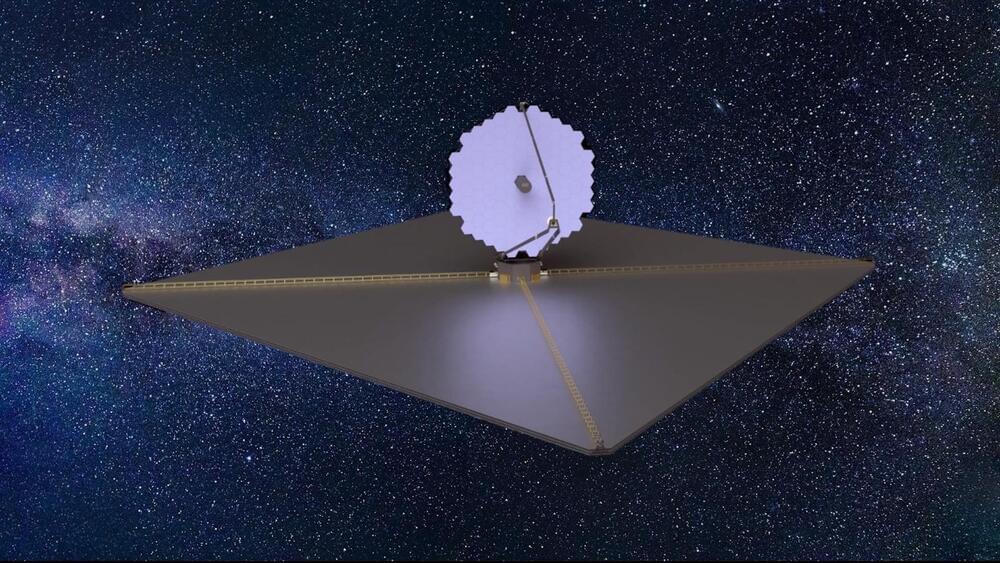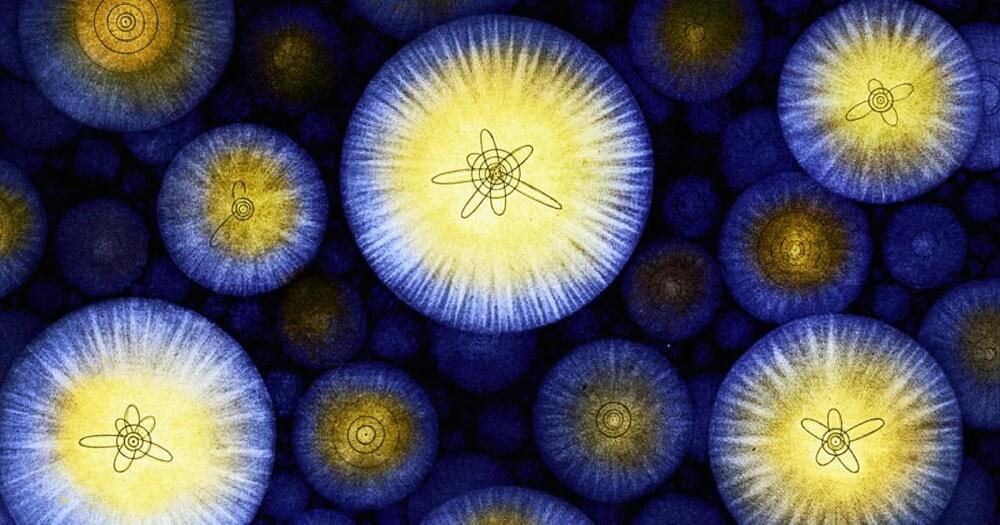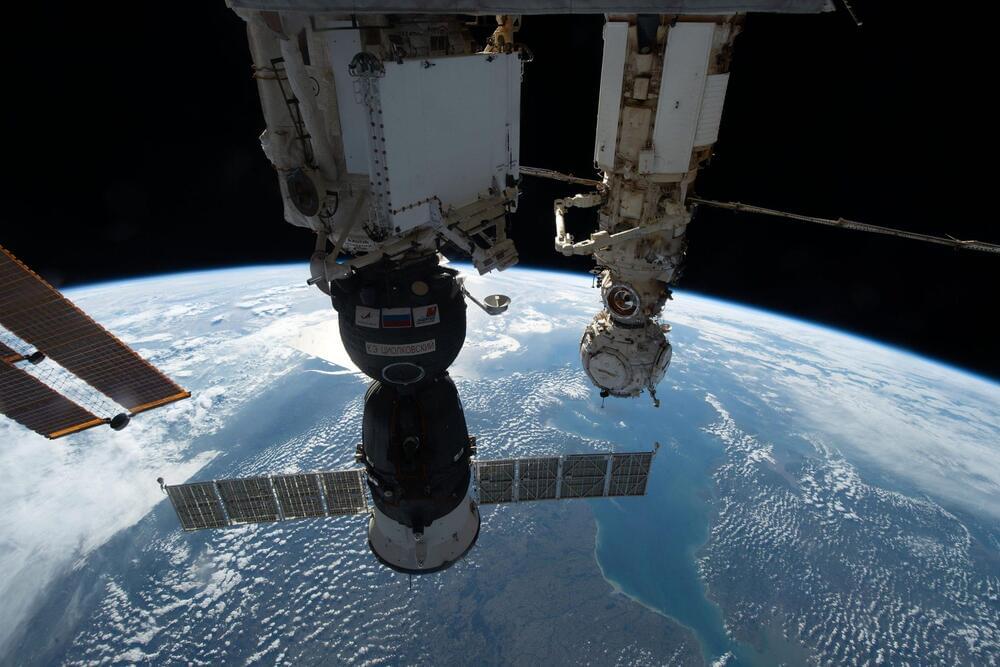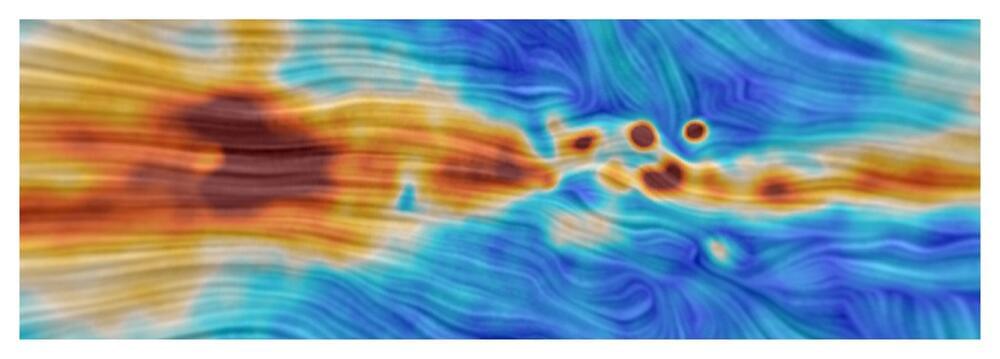The Butterfly Nebula is really “a tempestuous fire-sneezing dragon, with eyes that project ultraviolet light,” according to astronomer Bruce Balick.
Category: space – Page 299
Year 2022 face_with_colon_three
The UK government is supporting projects to put solar panels in space and beam energy back to Earth.
Year 2015 😀
The food that will sustain future generations as we colonise our way across space may be none other than our own sh*t, if a new NASA-funded project is successful.
Of course, all stars are hot compared with anything we’re used to here on Earth. But while the Sun’s surface chills at a steady 6,000 degrees Kelvin, these stars’ extreme temperatures range from 100,000 to 180,000 degrees.
These are “stars which are a little bit outside the canonical evolution,” Klaus Werner of the University of Tuebingen’s Kepler Centre for Astro and Particle Physics, a co-author of the paper, tells Inverse. “These stars are strange.”
Even among the ultra-hot white dwarfs known by the designation PG1159, the selection that cropped up in this survey lack the helium normally found in their atmosphere: instead, they’ve burned it all away, fusing it into a solar atmosphere of pure carbon and oxygen.
Webb Confirms Its First Exoplanet
Posted in space
Researchers confirmed an exoplanet, a planet that orbits another star, using NASA’s James Webb Space Telescope for the first time. Formally classified as LHS 475 b, the planet is almost exactly the same size as our own, clocking in at 99% of Earth’s diameter. The research team is led by Kevin Stevenson and Jacob Lustig-Yaeger, both of the Johns Hopkins University Applied Physics Laboratory in Laurel, Maryland.
The planet is rocky and almost precisely the same size as Earth, but whips around its star in only two days.
Unlike James Webb, the Habitable World Observatory will be serviceable by robots in space.
NASA has revealed new details about the successor to the $10 billion James Webb Space Telescope. The multi-billion dollar Habitable World Observatory (HWO) will be tasked with searching for Earth-like exoplanets from space, and it is likely to launch at some point in the early 2040s. The new details came to light during this week’s meeting of the American Astronomical Society, as per a Science.
NASA Goddard Space Flight Center.
The multi-billion dollar Habitable World Observatory (HWO) will be tasked with searching for Earth-like exoplanets from space, and it is likely to launch at some point in the early 2040s. The new details came to light during this week’s meeting of the American Astronomical Society, as per a Science report.
Our laws of nature are written in the language of mathematics. But maths itself is only as dependable as the axioms it is built on, and we have to assume those axioms are true.
The world of the very, very small is a wonderland of strangeness. Molecules, atoms, and their constituent particles did not readily reveal their secrets to the scientists that wrestled with the physics of atoms in the early 20th century. Drama, frustration, anger, puzzlement, and nervous breakdowns abounded, and it is hard for us now, a full century later, to understand what was at stake. What happened was a continuous process of worldview demolition. You might have to give up believing everything you thought to be true about something. In the case of the quantum physics pioneers, that meant changing their understanding about the rules that dictate how matter behaves.
In 1913, Bohr devised a model for the atom that looked somewhat like a solar system in miniature. Electrons moved around the atomic nucleus in circular orbits. Bohr added a few twists to his model — twists that gave them a set of weird and mysterious properties. The twists were necessary for Bohr’s model to have explanatory power — that is, for it to be able to describe the results of experimental measurements. For example, electrons’ orbits were fixed like railroad tracks around the nucleus. The electron could not be in between orbits, otherwise it could fall into the nucleus. Once it got to the lowest rung in the orbital ladder, an electron stayed there unless it jumped to a higher orbit.
Clarity about why this happened started to come with de Broglie’s idea that electrons can be seen both as particles and waves. This wave-particle duality of light and matter was startling, and Heisenberg’s uncertainty principle gave it precision. The more precisely you localize the particle, the less precisely you know how fast it moves. Heisenberg had his own theory of quantum mechanics, a complex device to compute the possible outcomes of experiments. It was beautiful but extremely hard to calculate things with.
NASA and Roscosmos are adjusting the International Space Station (ISS) flight plan after completing an investigation into a coolant leak on the Soyuz MS-22 spacecraft docked to the station.
NASA hosted a joint media briefing on Wednesday, January 11, about the Roscosmos-led investigation to update the public on the Soyuz status and the forward strategy.
As a part of the work, Roscosmos engineers determined the Soyuz MS-22 spacecraft is not viable for a normal crew return, but is available for crew return in an emergency aboard the space station. The Soyuz MS-22 will be replaced by the Soyuz MS-23 spacecraft that will launch to the space station without a crew on Monday, February 20. NASA astronaut Frank Rubio and cosmonauts Sergey Prokopyev and Dmitri Petelin will return to Earth in the replacement Soyuz after spending several additional months on the station.
An international team of scientists have successfully mapped the magnetic field of our galaxy, the Milky Way, using telescopes that observe the sky in the microwave range. The new research is published in Monthly Notices of the Royal Astronomical Society.
The team used the QUIJOTE (Q-U-I JOint TEnerife) Collaboration, sited at the Teide Observatory on Tenerife in the Canary Islands. This comprises two 2.5 m diameter telescopes, which observe the sky in the microwave part of the electromagnetic spectrum.
Led by the Instituto de Astrofísica de Canarias (IAC), the mapping began in 2012. Almost a decade later, the Collaboration has presented a series of 6 scientific articles, giving the most accurate description to date of the polarization of the emission of the Milky Way at microwave wavelengths. Polarization is a property of transverse waves such as light waves that specifies the direction of the oscillations of the waves and signifies the presence of a magnetic field.
